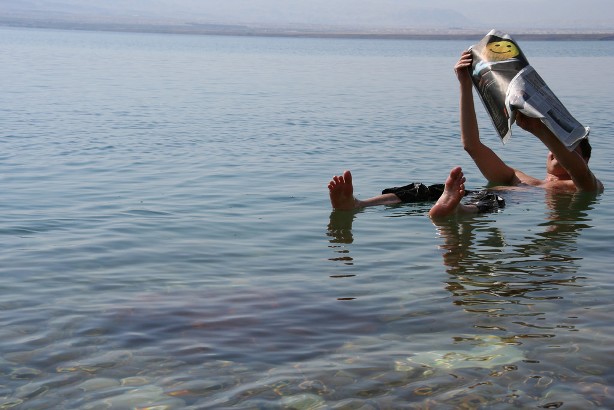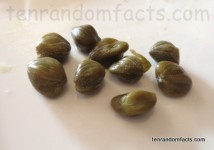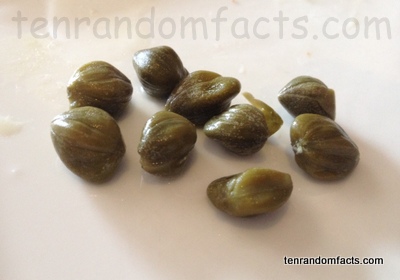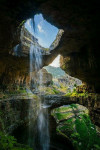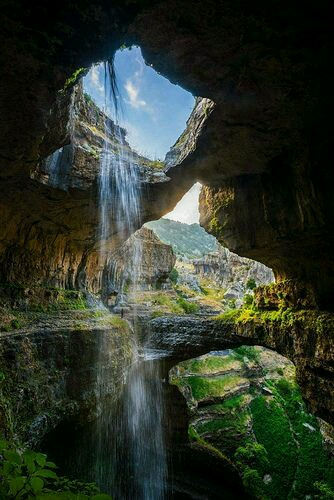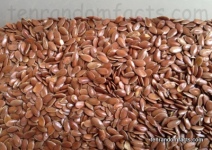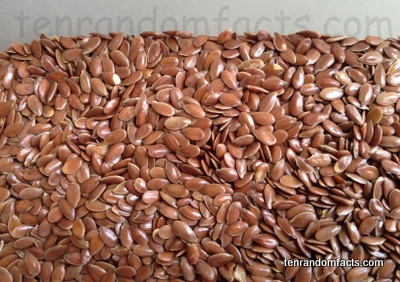
The Dead Sea may not be deadly, but it is pretty dead.
- The Dead Sea is a large lake containing a very high salt concentration, more than 30%; and it sits adjacent to Jordan, Israel and Palestine of the Middle East.
- The ‘Dead Sea’ is also known as the ‘Death Sea’ and the ‘Salt Sea’, and its names are somewhat literal translations of the Arabic and Hebrew names given to the lake.
- The Dead Sea is absent of life aside from select species of bacteria and algae due to the lethally high salt concentration, which is roughly ten times the ocean’s salinity.
- At its longest point, the Dead Sea spans 50 kilometres (31 miles), however it is only 15 kilometres (9.3 miles) at its widest point.
- The Dead Sea covers a surface area of roughly 600 square kilometres (231 square miles), however it is shrinking rapidly due to evaporation and a reduced quantity of inflowing water, with the depth dropping by around 1 metre (3 feet) annually.
The Dead Sea
Image courtesy of Michael Tyler/Flickr
- The saltiness of the Dead Sea is primarily due to the lack of outgoing rivers or streams, which means that salt from the incoming Jordan River and other sources, is trapped within the lake and builds up.
- The Dead Sea has an increased density, due to the high salt content, that allows humans to easily float; however contrary to popular belief, the water can be highly dangerous if a person flips face-down, as the high buoyancy renders it difficult to return upright.
- Minerals are abundant in the Dead Sea, and these have been harvested even since ancient times for health and cosmetic purposes, and the asphalt discharged by the lake has been used by the Ancient Egyptians to coat mummies.
- The Dead Sea is commonly considered the lowest point on Earth, being approximately 429 metres (1407 feet) below sea level.
- The Dead Sea is a popular tourist attraction and a site of many resorts, with the first dating back to the days of King Herod; however the retreating waters have caused numerous sinkholes to form nearby.
Bibliography:
Connolly K, Dead Sea Drying: A New Low-Point for Earth, 2016, BBC News, http://www.bbc.com/news/world-middle-east-36477284
Dead Sea, 2016, Wikipedia, https://en.wikipedia.org/wiki/Dead_Sea
Inglis-Arkell E, Why So Many People Drown in the Dead Sea, 2011, Gizmodo, http://io9.gizmodo.com/5798844/why-so-many-people-drown-in-the-dead-sea
Lowest Elevation: Dead Sea, 2015, Extreme Science, http://www.extremescience.com/dead-sea.htm
Why is the Dead Sea called the Dead Sea?, 2016, Dead Sea, http://www.deadsea.com/why-dead-sea/





